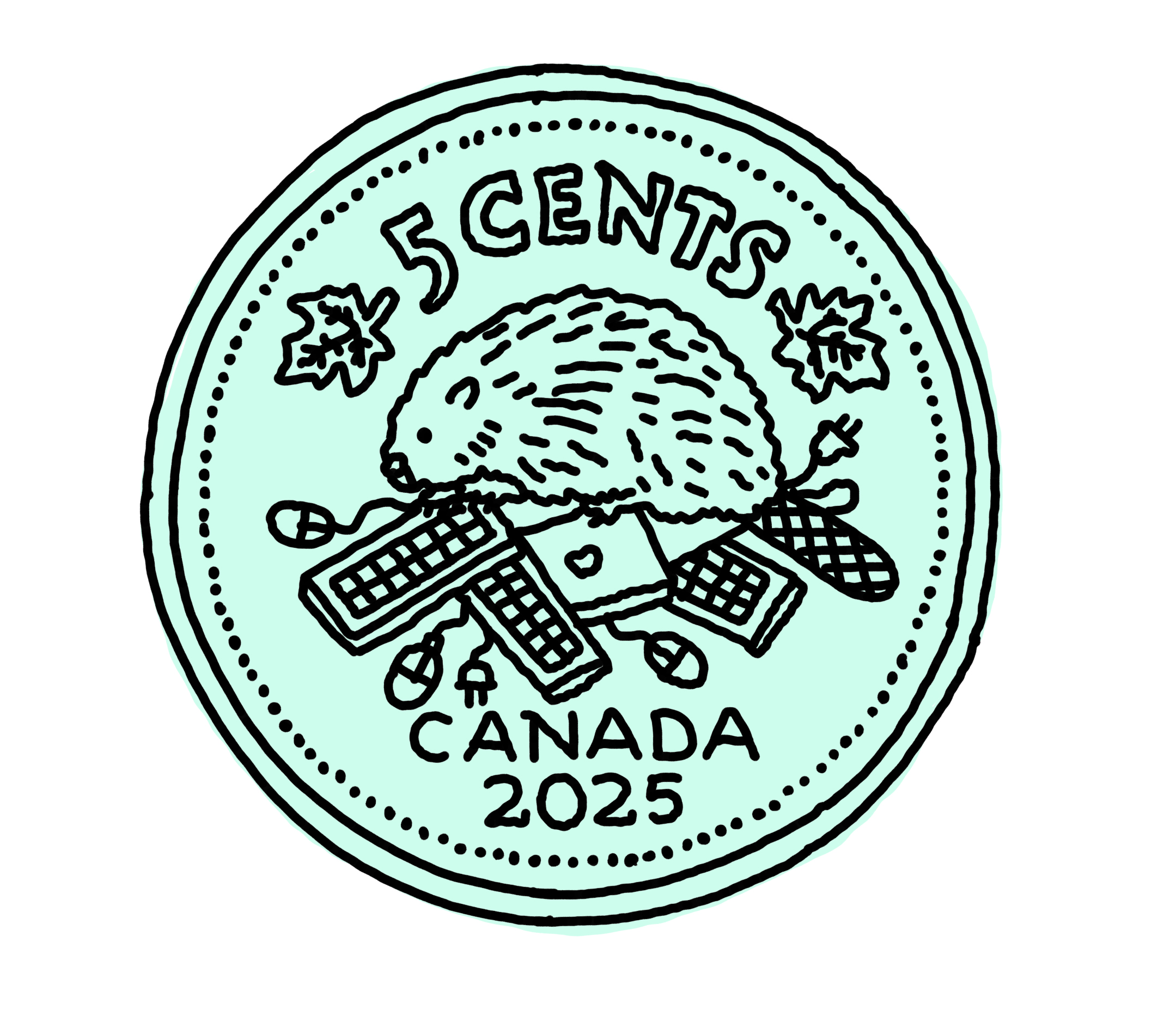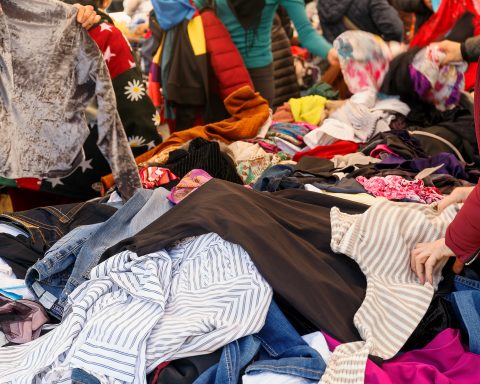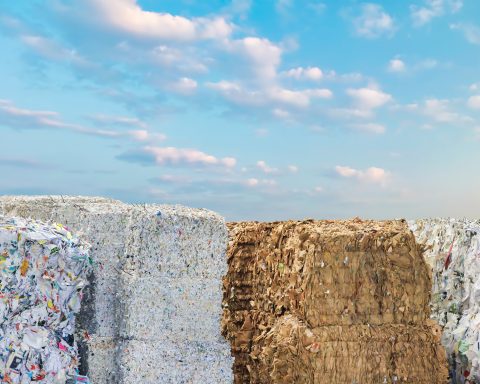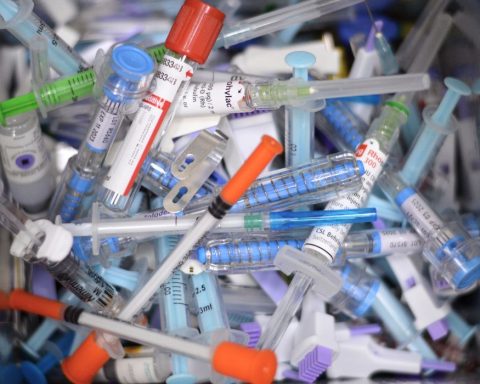As the circular economy assumes an ever-more-prominent position in the world’s energy transition, more start-ups are finding innovative ways to reuse the riches that already surround us.
One of these start-ups is Quebec e-waste recycler enim. It recently announced a partnership with the Royal Canadian Mint to explore how minerals it retrieves from obsolete electronic devices – specifically, printed circuit boards – can be incorporated into the mint’s products. “Instead of digging into the ground, we’re using primary waste as our primary source material,” says Simon Racicot-Daignault, enim’s president and CEO. And it appears, for the foreseeable future at least, to be truly inexhaustible.
According to a UN report, the world generated 62 billion kilograms of electronic waste in 2022, up a whopping 82% from 2010. But only 22% of that was recycled. That’s a massive amount of untapped potential that is guiding companies like enim forward.
Enim, Racicot-Daignault points out, is the word “mine” spelled backwards. It’s a nod to the circularity the Montreal-based company is trying to embody. Founded in 2022 by engineering firms Seneca experts-conseils and Dundee Sustainable Technologies, enim has developed a hydrometallurgical technology that eschews harmful substances such as cyanide and mercury as it extracts the valuable materials – metals, ceramic, fibreglass, minerals – in a circuit board.
Smelting is the go-to method for most e-waste recyclers, but that process salvages just 20% of the materials, Racicot-Daignault says. “The rest goes out in fumes or in solid waste” – as gas emissions or toxic ash. Enim, by contrast, targets each resource it extracts, converting them to liquid and then returning them to a solid metallic state, reducing metal losses and the risk of toxic emissions. “It makes us really the most eco-friendly option out there,” he says. “The ceramic can be reused in construction material, and gypsum can go into drywall. So, we think we have a really unique and distinctive product versus what is being produced out of smelters.”
Enim’s innovation caught the attention of Canada’s national mint, which has a business that goes well beyond loonies and toonies. For more than 100 years, the coin-minting authority has operated a gold and silver refinery. Among its products are precious metal bars, grain and bullion investment products. As a member of the London Bullion Market Association, it adheres to strict quality and responsible-sourcing standards. In 2023, the mint refined 6.6 million ounces of gold alone.
“The amount of material we’re going to get from enim is a tiny fraction,” says Michelle Richardson, chief impact officer for the Royal Canadian Mint. But it’s no less meaningful and represents a chance to partner with a Canadian company that is innovating in a space that aligns with the mint’s priorities. “For us, enim is one more tool in that arsenal that might let us be a more responsible and sustainable organization,” Richardson says.
Enim sees opportunity not just in Canadian coins for everyday use, but in the collector line the Royal Canadian Mint produces. “They have access to that market of investors that are looking for truly distinctive and traceable low-impact products” who are willing to pay more for products that have a lower carbon footprint, Racicot-Daignault says.
The company is currently in the middle of a financing round, with hopes to start operating commercially in 2027. In 2024, it opened a 10,000-square-foot demonstration plant in Thetford Mines thanks in part to a $3-million cash infusion from the Canadian government. At full capacity, it will be able to process 10,000 tonnes of printed circuit boards a year, Racicot-Daignault says.
“There is clearly an evolution in society, but it’s not super fast,” he says. “It’s not that in two years from now everybody will be willing to pay more. But we clearly see customers that are willing. So the trend is underway.”
The Weekly Roundup
Get all our stories in one place, every Wednesday at noon EST.







